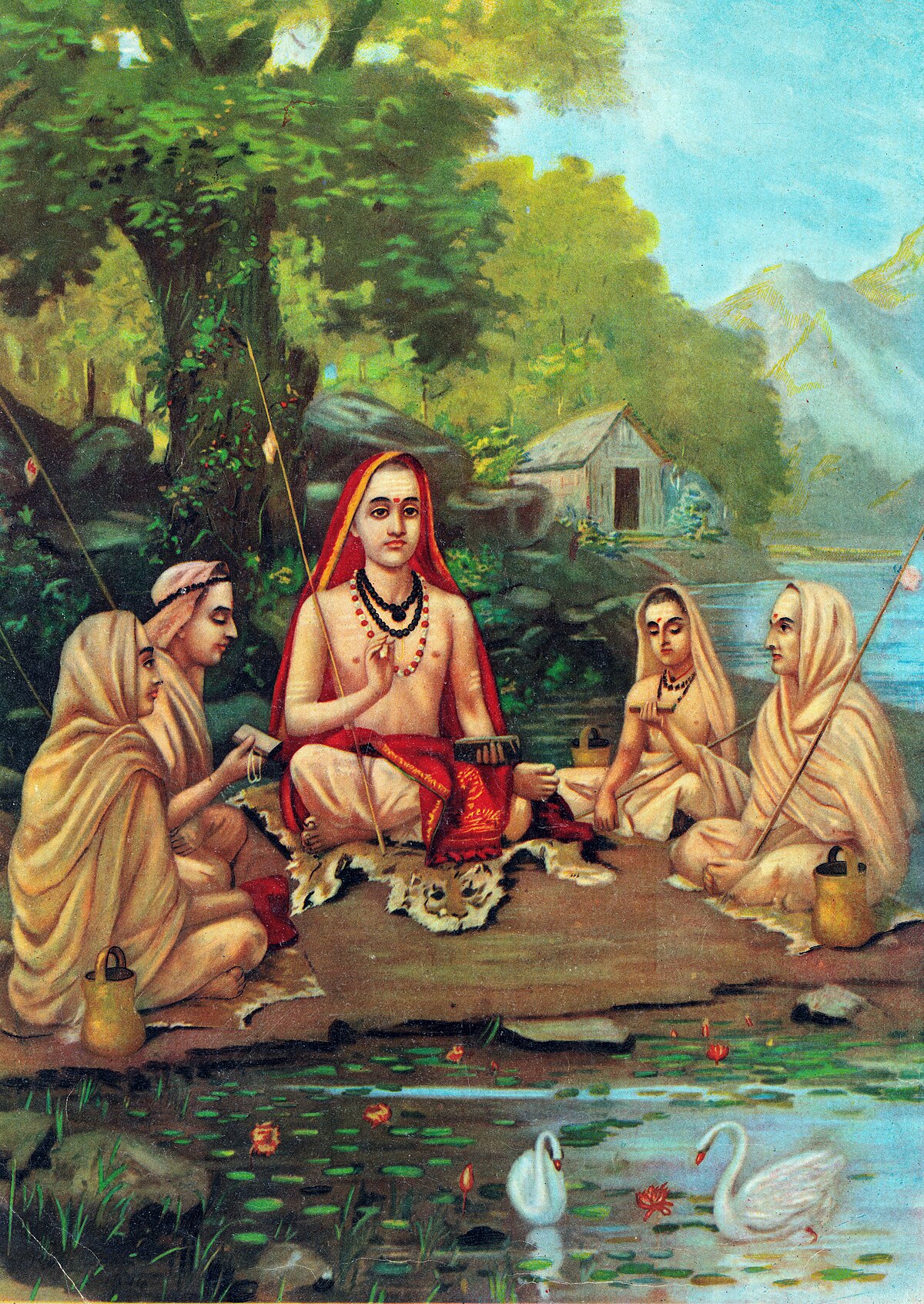
Unifying Hinduism
IndiaAccording to Nicholson, already between the 12th and the 16th century, "certain thinkers began to treat as a single whole the diverse philosophical teachings of the Upanishads, epics, Puranas, and the schools known retrospectively as the 'six systems' (saddarsana) of mainstream Hindu philosophy." Michaels notes that a historicization emerged which preceded later nationalism, articulating ideas which glorified Hinduism and the past.
Several scholars suggest that the historical fame and cultural influence of Shankara and Advaita Vedanta was inetentionally established during this period. Vidyaranya (14th c.), also known as Madhava and a follower of Shankara, created legends to turn Shankara, whose elevated philosophy had no appeal to gain widespread popularity, into a "divine folk-hero who spread his teaching through his digvijaya ("universal conquest") all over India like a victorious conqueror." In his Savadarsanasamgraha ("Summary of all views") Vidyaranya presented Shankara's teachings as the summit of all darsanas, presenting the other darsanas as partial truths which converged in Shankara's teachings. Vidyaranya enjoyed royal support, and his sponsorship and methodical efforts helped establish Shankara as a rallying symbol of values, spread historical and cultural influence of Shankara's Vedānta philosophies, and establish monasteries (mathas) to expand the cultural influence of Shankara and Advaita Vedānta.
